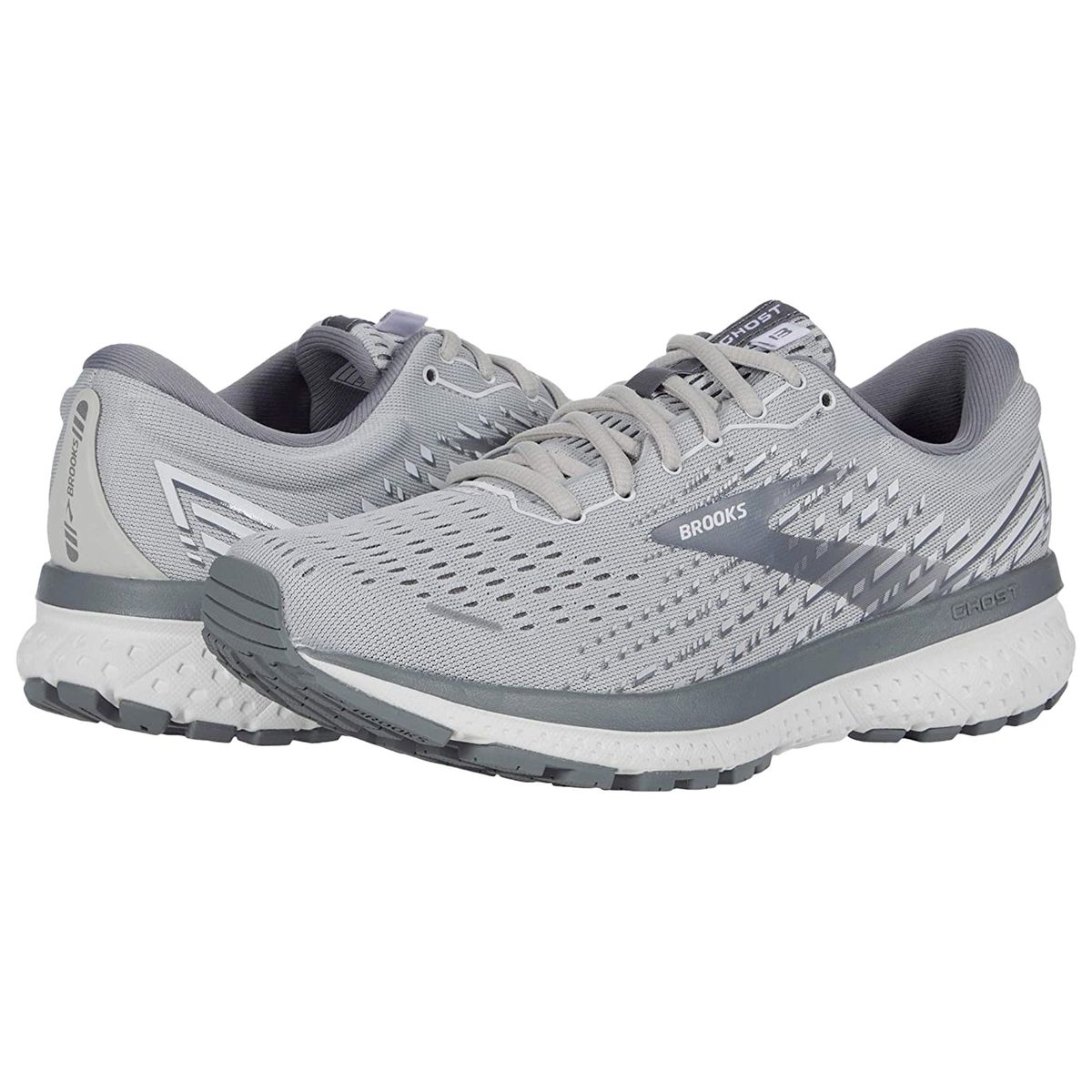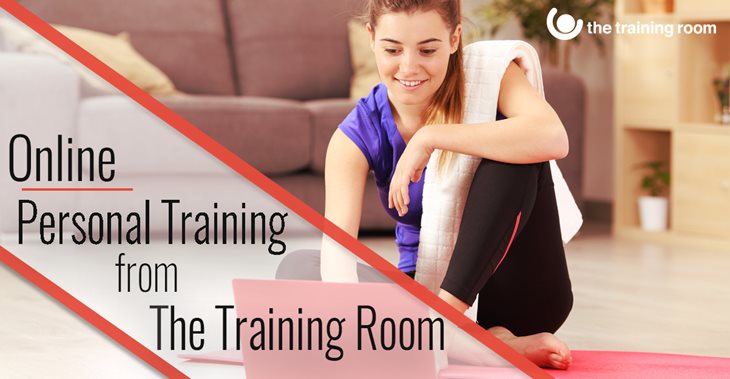
NASM PES is an exercise program that aids athletes in reaching their fitness goals. The program can also be used by coaches at all levels. It provides athletes with the tools they need to reach their fitness goals and unlock their full potential. NASM-PES bundles may be purchased to assist athletes in reaching their goals more quickly.
Performance Enhancement Specialization
NASM's Performance Enhancement Specialization provides fitness professionals with the ability to assist clients in improving their athletic performance. This course is open to all levels of fitness and trainers. It can be done one-on-1 or in groups and focuses upon the latest sports and exercise science techniques. This certification could increase your income by up 20%
The Performance Enhancement Program at the NASM focuses primarily on cutting-edge strength, conditioning and training. This program provides clients with the knowledge, insight and skills to achieve peak performance. It is a comprehensive program that builds on OPT (tm) and integrates evidence-based science.

Coursework
A NASM PES course can be used for certification enhancements in fitness trainers. It includes a comprehensive curriculum with a book and practice tests. The exam certifies students as NASM trainers, allowing them to apply their training to all clients. The program is also flexible, allowing students to learn at their own pace.
PES is designed for students to learn the most current methods of strength- and conditioning training. NASM's PES students can assist clients in reaching their maximum athletic potential by learning advanced knowledge. In addition, they will learn how to apply these methods to various levels of sport.
Prices
The NASM PES Program is an introduction to the basics of exercise science. Functional anatomy is considered an integral component of fitness. The course also addresses exercise technique, exercise programming, and exercise prep. Those aspiring to become certified in sports medicine and personal training may find this program beneficial.
Although the average salary for a NASM PES is lower than the national average, it can vary greatly. ZipRecruiter says that the highest 25 percentile earns approximately $117,500 annually. The rest of the workers earn between $39,000.500 and $94,000 annually. The United States' top ten per centile earners make approximately $110,000. The salary range of a NASM Pes varies by location, years of experience, and skill level.

Requirements
PES is a 220-hour program that prepares students for teaching and training athletes. It uses the OPTTM model, which has been proven to increase athletic performance. It involves both classroom education and hands-on training in the gym.
PES curriculum introduces concepts in exercise science. It includes functional anatomy, exercise technique, and basic concepts. The course also teaches you the basics about exercise programming and preparation.
FAQ
How exercise and nutrition can improve your quality of life
Exercise can help you lose weight, gain muscle mass and reduce stress. Nutrition is critical for energy and mood. Eat less meat, limit alcohol consumption, avoid smoking, exercise regularly, and reduce your risk of dying.
What are resistance training exercises?
Resistance training can be done with weights or other objects. Lifting weights can strengthen your arms, shoulders and chest as well as your back, legs and core. Resistance training builds muscle mass, increases bone density, and promotes greater overall strength.
Why is it important for you to get enough rest?
A healthy lifestyle requires sleep. Sleep allows your body to repair itself and recover from daily stresses. Getting adequate sleep each night helps you to function optimally throughout the day.
What should I eat before I work out?
No. You don't need to eat anything before working out. If you feel hungry after working out, it is a good idea to have a light snack like yogurt or fruit.
Statistics
- Globally, 28% of adults aged 18 and over were not active enough in 2016 (men 23% and women 32%). (who.int)
- In high-income countries, 26% of men and 35% of women were insufficiently physically active, as compared to 12% of men and 24% of women in low-income countries. (who.int)
- Globally, 81% of adolescents aged 11-17 years were insufficiently physically active in 2016. (who.int)
- According to the Centers for Disease Control and Prevention, chronic diseases cause 7 out of 10 deaths in the U.S., and treating chronic diseases accounts for 86% of U.S. healthcare costs. (mana.md)
External Links
How To
How to Burn Belly Fats Faster
Belly Fat is often thought of as a problem when trying to lose fat. However, Belly Fat can be beneficial if you really think about it. It is the fat in your stomach that protects your organs. Let's now see how to quickly lose belly fat.
Stress and inactivity are two of the major factors that cause us to store body fat. The cortisol hormone stimulates stress which makes us hungry. Cortisol increases insulin levels in our blood. The insulin then stores extra calories as fat. The release of adrenaline from our bodies causes increased appetite. These extra calories can easily be lost through exercise.
There are many ways you can reduce belly fat. Any one of these can be tried, depending on how much you have to spend. These are some ways to quickly lose belly fat.
-
You can eat less. Eat smaller meals throughout the day rather than eating three big ones. This will result in fewer calories.
-
Get plenty of water. Water flushes out toxins, and keeps your body hydrated. Also, drinking water before every meal will keep you feeling full longer so you won't overeat.
-
Avoid eating unhealthy snacks. If you're looking for quick fixes, snack foods like chips, cookies, candies, etc. might seem tempting. But avoid these fattening treats as they contain lots of empty calories and too much sugar. Instead, opt for healthy alternatives such as fruits, vegetables and whole grains.
-
At least three times per semaine, do strength training. Strength training builds muscle mass that burns more calories, even when it is done while you rest. It also strengthens bones, muscles, ligaments, tendons, the heart, lungs, and joints.
-
Stretching and walking are good habits. Stretching can improve flexibility, mobility, and reduce back pain. Walking is a great way of burning calories, especially when you do it for just 30 minutes.
-
Reduce alcohol intake. Alcohol adds empty calories to your diet and has no nutritional value whatsoever.
-
You can lose weight slowly. The first step towards losing weight is to identify what your current weight is. Then, add 5% to 10% to your body weight to get your ideal weight. Once you have established your ideal weight, reduce your daily calorie intake by 500 to 1000 calories each day until you achieve your goal.
-
Avoid processed foods. These foods have high amounts of salt, sugar, and preservatives. Even though they can be very convenient, these foods lack sufficient nutrients to support your health.
-
Don't skip breakfast! Breakfast improves concentration, memory, energy, and stamina. Breakfast should contain protein (like eggs), fibre (like oats), as well as complex carbohydrates (like oatmeal).
-
Have regular bowel movements. Gas and bloating can result from irregular bowel movements. This can be prevented by drinking plenty of water and increasing fiber intake.